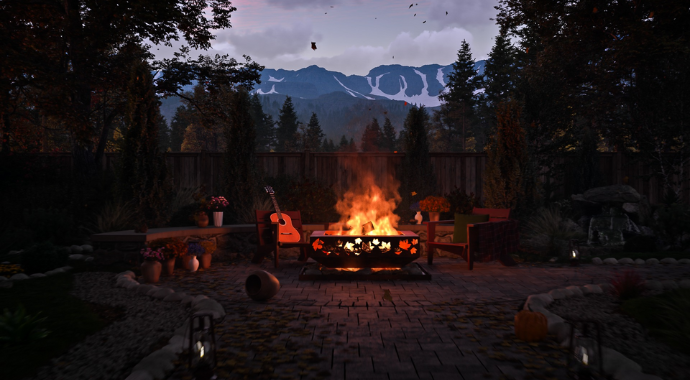Pikcells are a design-driven studio, founded in Huddersfield, UK, in 2003. They mostly focus on high-end CGI for retail, furniture and interior room sets, along with lots of creative experimentation. We spoke with Creative Director Richard Benson about their 15 year journey and some of the changes they’ve gone through in that time!
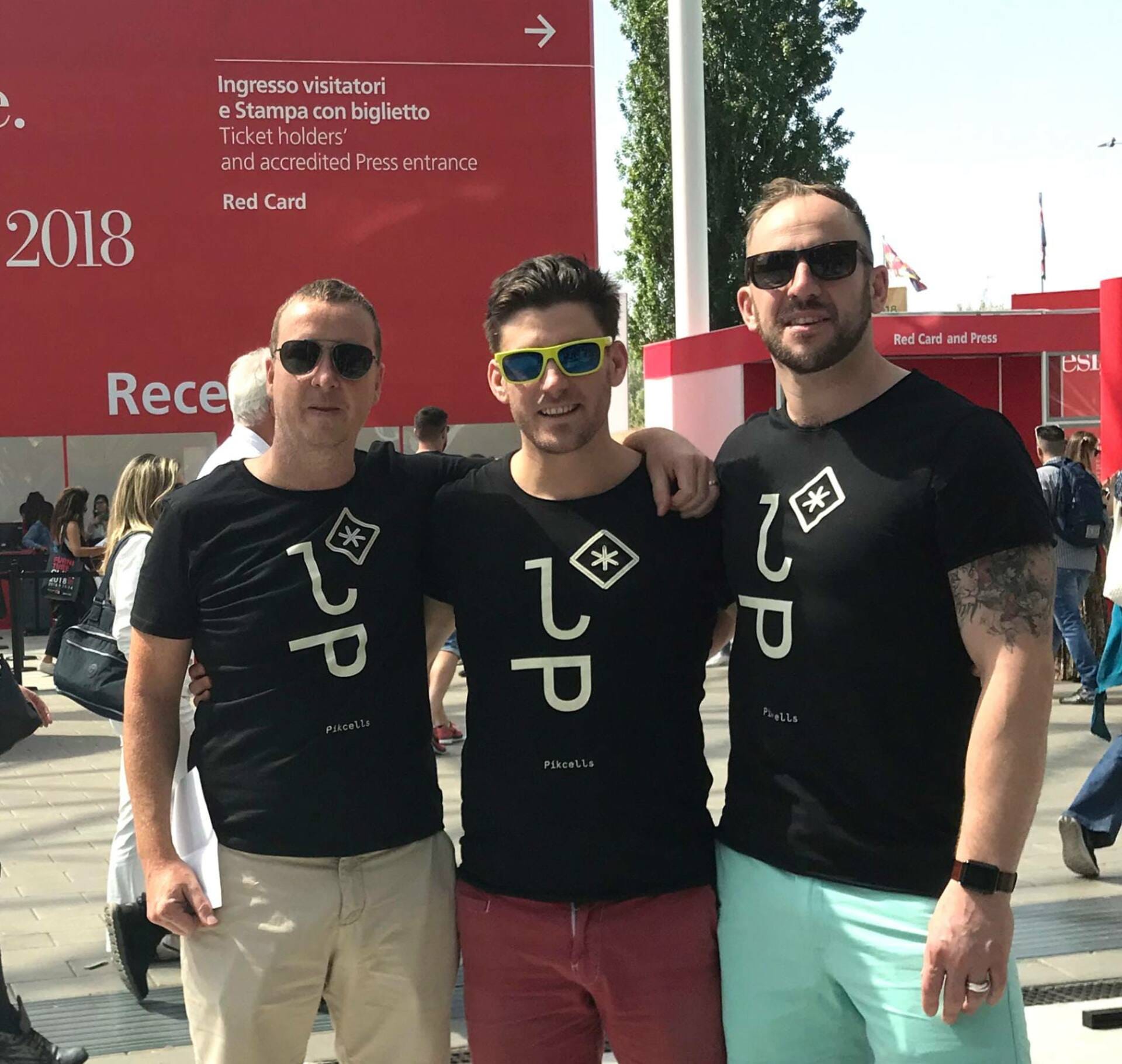
Steve and I formed Pikcells in 2003 after meeting at the University in Huddersfield and self-teaching ourselves the ropes for a few years. Not quite sure where to focus our attention, we eventually started creating architectural visualisations and animations for Architects and Property developers.
After the recession in 2008, this work all but dried up, so we searched around for alternative industries and found there was an emerging market within the retail, furniture and interior roomset industries where photography was being replaced by CGI. We were in the right place at the right time!
After spending years in London at Miller Hare then a couple of years running a CG department in Manchester, Matt joined as Studio Manager in 2012 and became the third director after a couple of thoroughly impressive years.
There are 20 of us now, covering CG, web development and interior design.

We also have a joint venture partnership in the USA which has been going since 2013, here we create a huge amount of CG images for lots of large retailers.
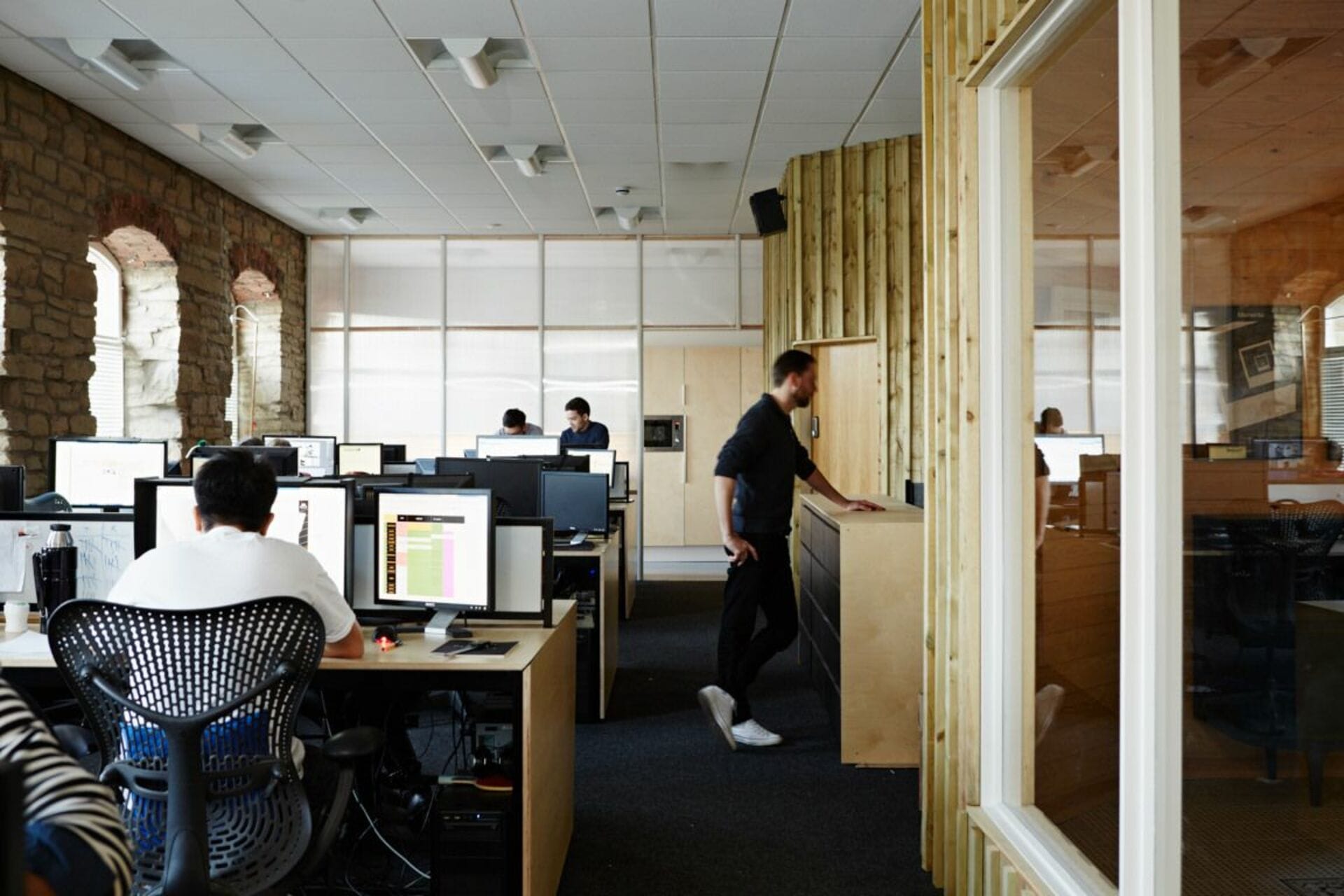
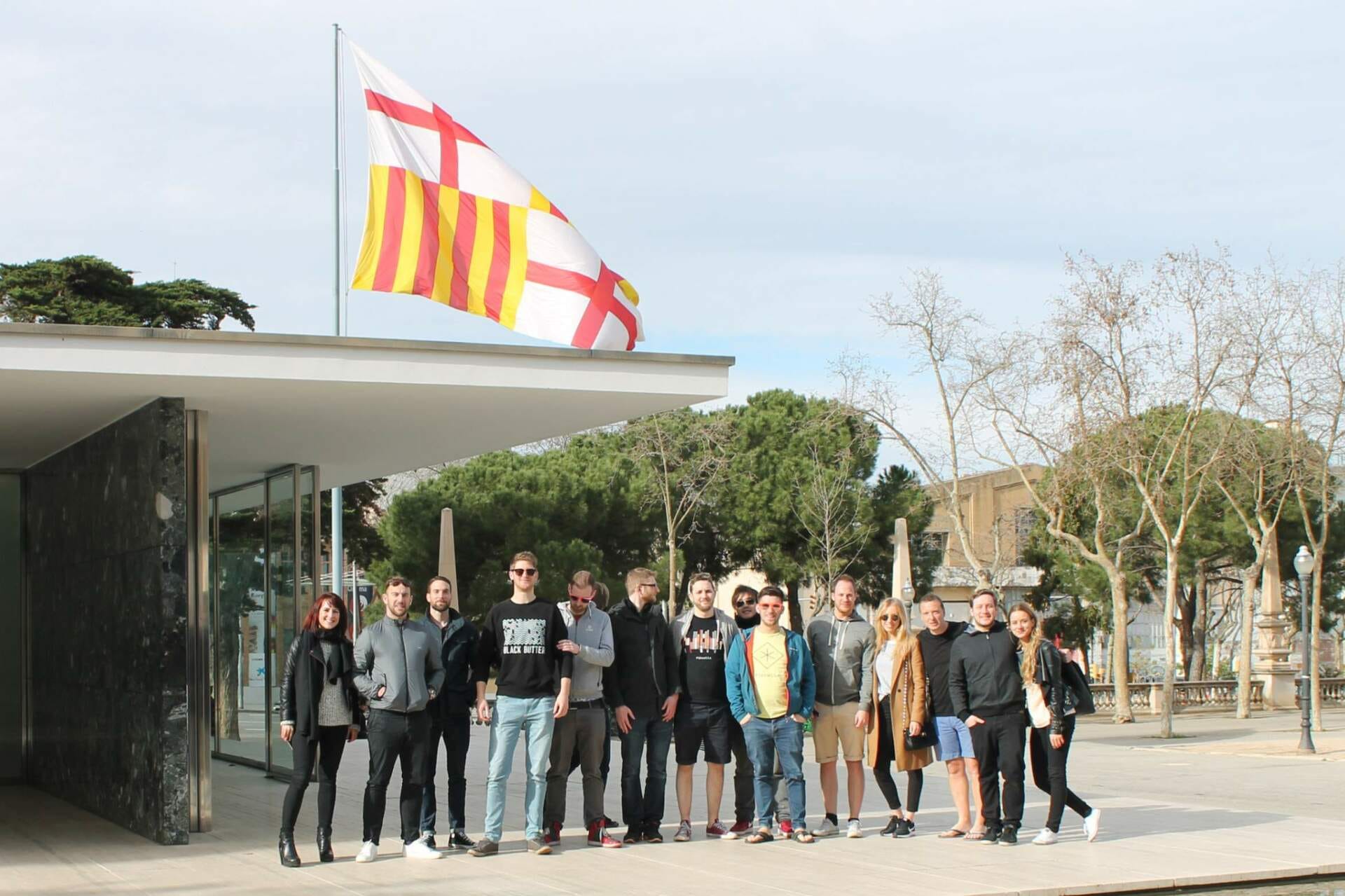
All the founders have backgrounds in design and architecture which has been remarkably useful in recent years as we have transitioned into a design studio as well as a CG studio.
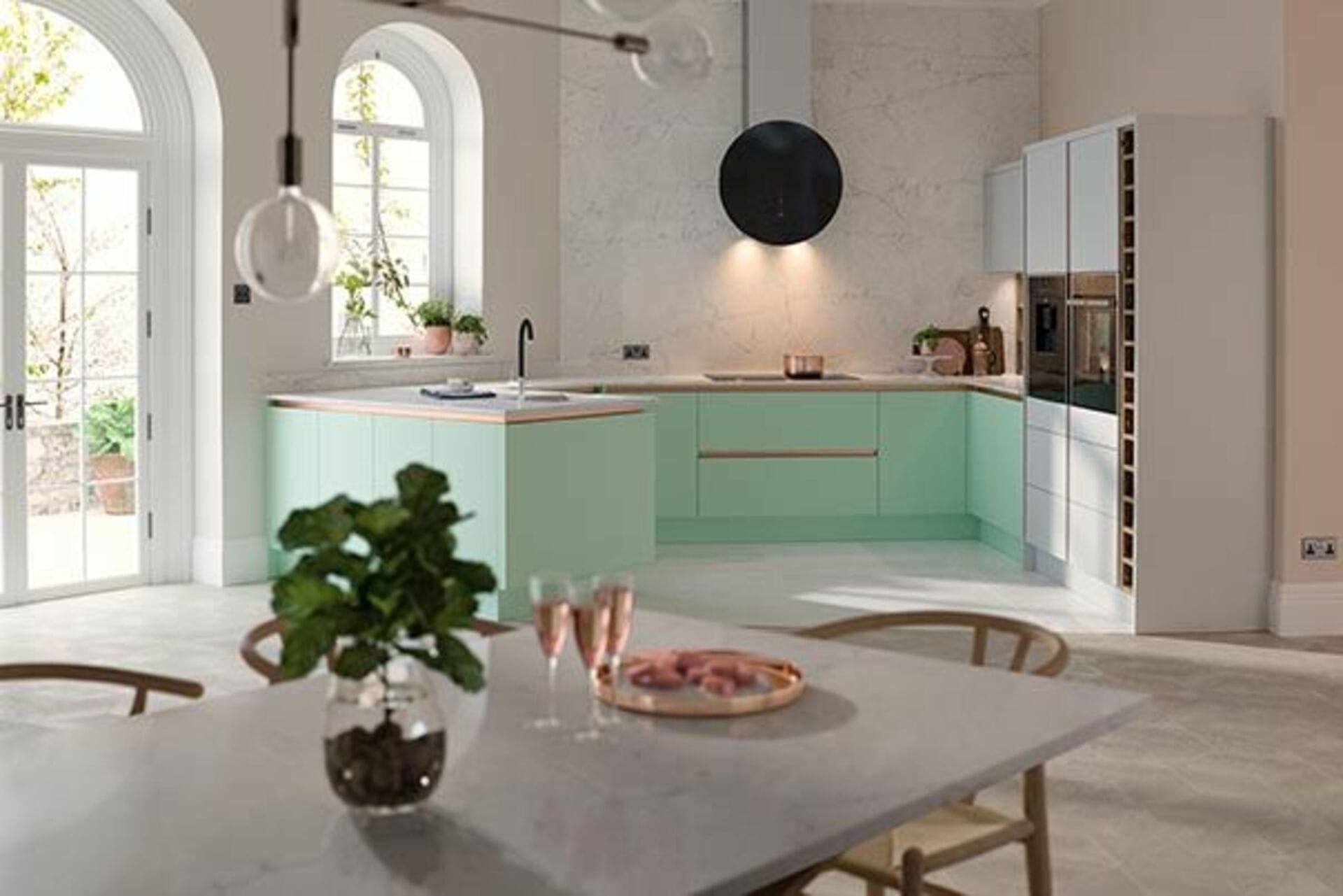
Tell us a little about the company, and what makes it stand out from the crowd.
Due to the type of work we do, we are lucky enough to be one of a few companies out there that can really focus on creating extremely realistic CG work (even caustics!!!!)
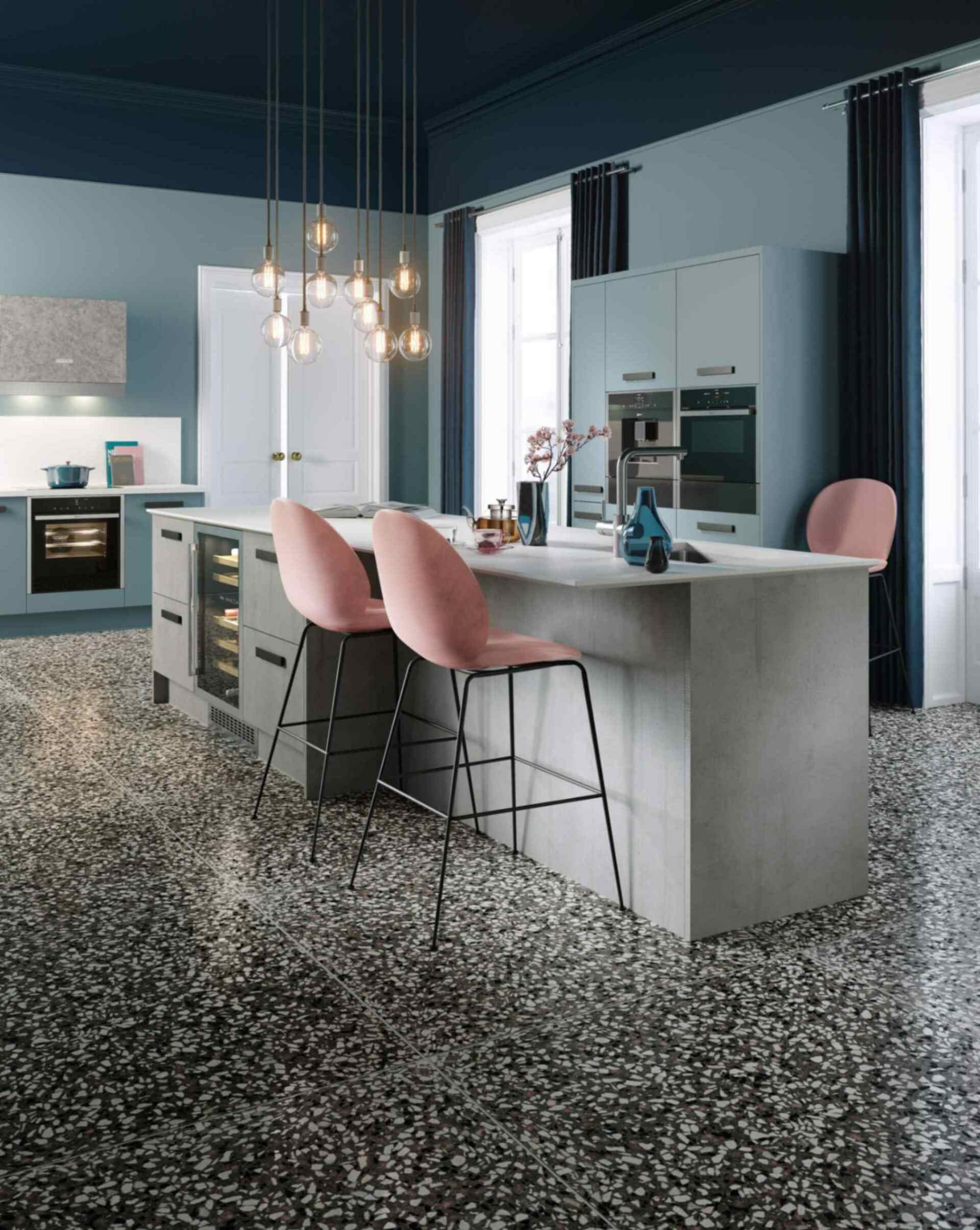

Much of our work appears alongside photographs and we always say that our main competitor is photography – if the CG is not good enough then clients will eventually go back to photography, so we feel this pressure with every image we produce.
Many CG studios are not afforded the time to really drill down into the details and this is something we have relished and really enjoy, embracing new technologies like 3D scanning, Photogrammetry, Cloth Simulation and Procedural textures.
Nowadays we are an interior design, web development and CG studio, designing most of the spaces we create in 3D. This is also great as it affords us a level of independence to push the levels of realism in our work. We have found that it’s much easier to create good work if you are in charge of the design!
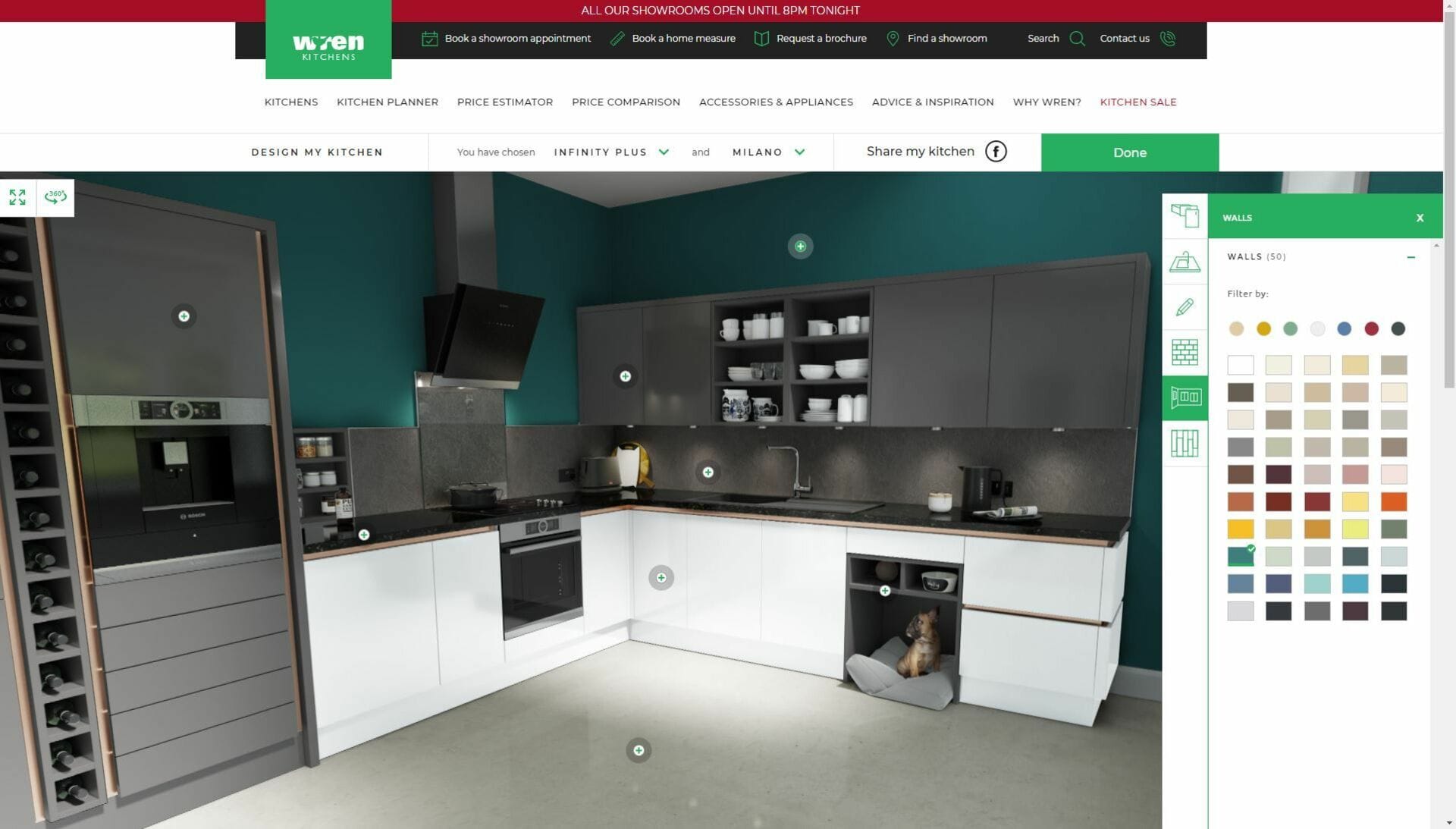
We also have a really solid focus on R&D, which has resulted in a growing software and web development arm. Our most recent application is the world’s first 360 kitchen visualizer tool that we conceived and developed for Wren Kitchens. This first phase build was created in V-Ray, but we will be creating the next phases in Corona.
Huddersfield may not be the first place people think of for a large and successful Studio! What benefits do you get working in the North of England rather than the more-expected down South?
Huddersfield is a double-good, up-and-coming town with a thriving creative community. We have one of the best universities in the UK and are sandwiched in between Leeds and Manchester, a couple of hours from the West and East coasts, as well as the Yorkshire Dales, the Lake district, Edinburgh, London – basically close to everywhere.
Not to mention the pies and the beer!
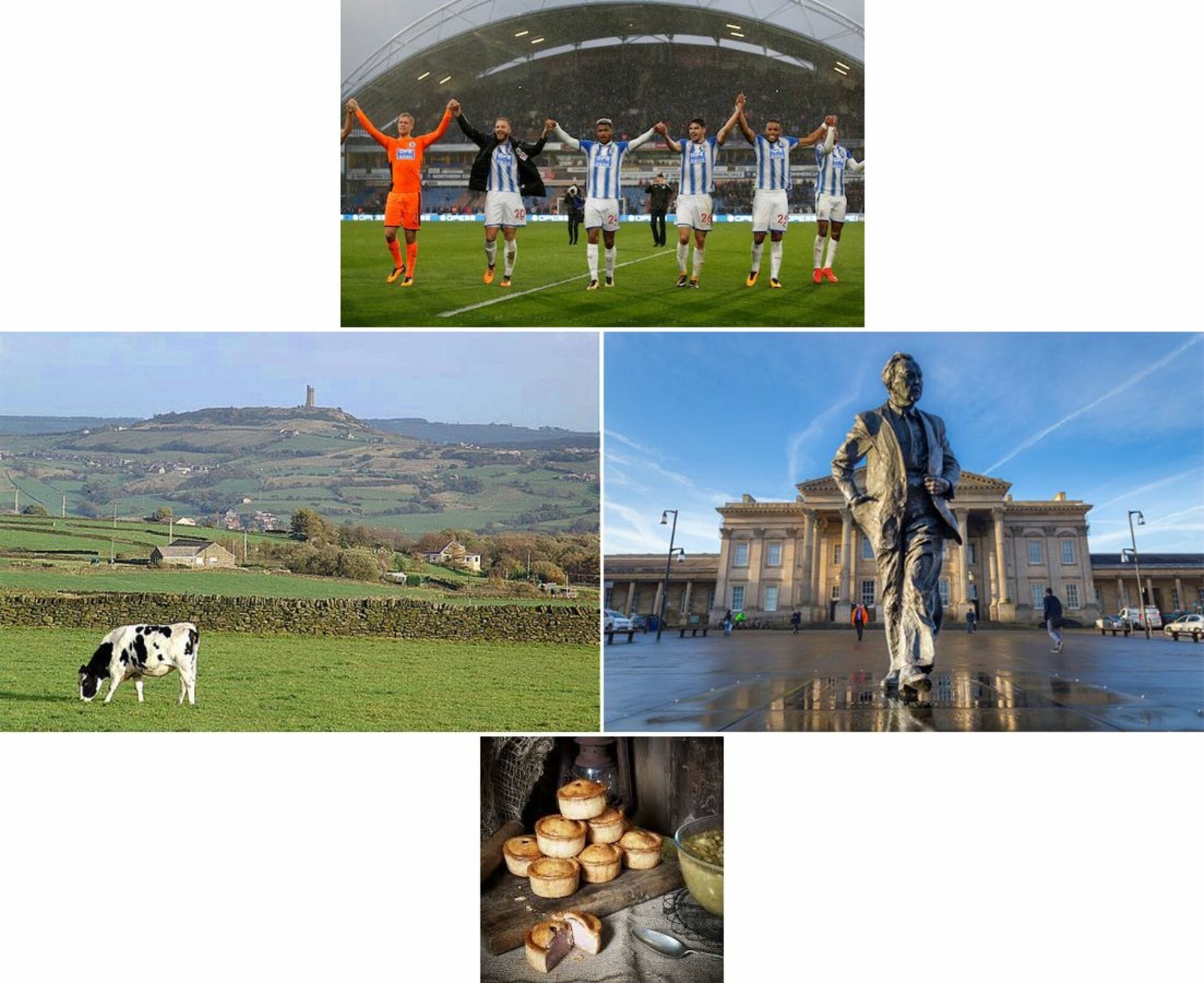
Based on your experiences with Corona, you recently switched to it as your main render engine. What was it about Corona Renderer that lead you to take the major step of swapping engines, and how has it improved your pipeline?
Firstly we should say that we firmly believe that the render engine does not really affect the quality of the image that an artist can create; a good artist can make sweet music with any tools. The important aspect is the speed and the ease to which the artist can get to that quality result, and Corona Renderer is by far the best performing renderer in this respect.
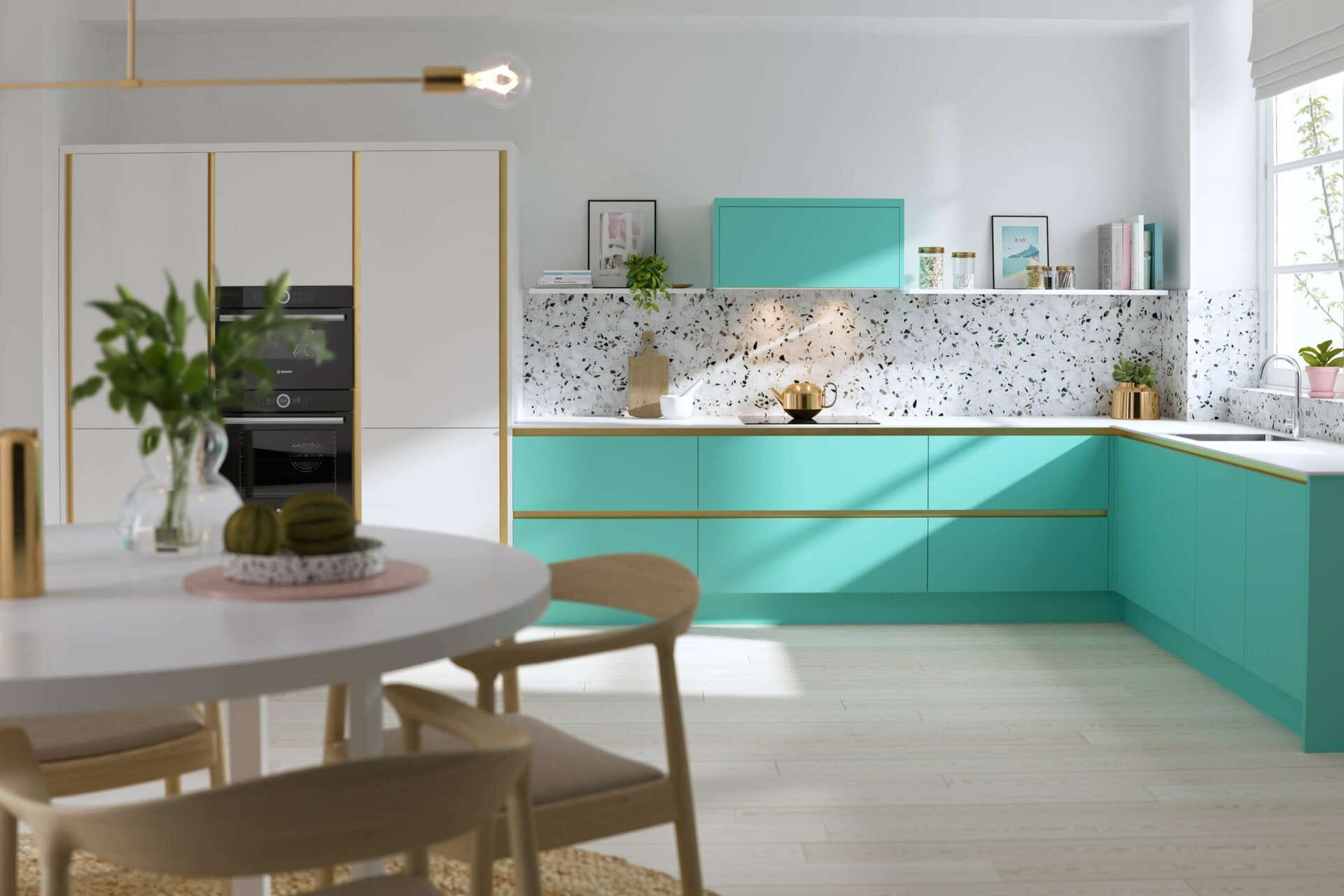
For us a constant battle working in CG is all the cocking-around with settings, and the time that this takes away from the creative elements. There is much talk about the democratisation of 3D at the minute, and it’s true that the market is becoming easier to get into and it’s faster for newcomers to get up to speed. This in turn means that artists can focus more on the creative and craftsmanship components of the projects rather than being bogged down in technical challenges.
We have a very strict philosophy at Pikcells about following a workflow and having set ways of doing things. We have been aiming for a “one button” approach for the past 10 years, using presets and scene templates to ensure consistency, but also so we can remove the technical side of rendering and focus on the creative side. Like any system which has evolving components, our workflow and pipeline are always under review and are upgraded when better ways of doing things arrive.
Many years ago we were late to the party and took quite a while to ditch Splutterfish’s Brazil for V-Ray. We would have saved some big headaches if we had switched earlier. You learn a big lesson in instances like that, so ever since then we have been keen to keep an ear to the ground and test any new tools which can improve things.
We initially tested Corona back in 2015 but there were a few major pipeline compatibility issues back then and it wasn’t worth the switch.

Then the latest build of Corona Renderer [1.7 at the time of writing] ticked a lot of boxes, the main ones for us being the simplicity of the settings, the new Material Library, and the LightMix functionality.
Corona’s simplicity means we can continue the advancement of our one-click rendering dream! We’ve been able to lose our presets and have less boxes to tick (ironically). Currently there is only really one option to set in the render settings, which is the noise %.

Another big problem we find with render engines is materials – there is a massive potential for human error when setting these up, so a library is essential. We had our own in V-Ray but it takes a lot of time keeping this updated and expanding it. The Corona Material Library means that every level of the design process – from initial styling, to the final lighting and rendering – always starts with the same base, which means a greater level of guaranteed consistency throughout our projects.
Our lighting setups can take a while to configure. We don’t use sun-and-sky systems, instead we light like a photographer would, placing individual lights in many places to sculpt a desired look. The LightMix tool has been a godsend for us here! Often there are 10 + lights in a scene and we would usually add one at a time to keep control. With Corona we can smash them all in at once, then use the Interactive Rendering alongside the LightMix to very quickly create a lighting setup.
Below is a quick screen recording of a typical lighting session using Corona Interactive Rendering and the LightMix:
How has the transition been converting your pipeline to Corona?
Switching to another renderer in a production environment will always be a challenge, but you guys have thought long and hard about this and the transition couldn’t be easier. The V-Ray scene converter can take an existing V-Ray scene and make it ready to render using Corona in seconds.
With a few tweaks to our custom render farm submission scripts, we were able to fairly seamlessly start integrating Corona renders into our existing rendering pipeline. As with a lot of professionals nowadays we use a dozen or so plugins alongside the core tools, and all of these transferred over without a hitch.
We are really looking forward to Corona Renderer 2.0 which will have increased V-Ray compatibility, meaning less conversion is required.
Any projects you are currently working on using Corona?
After a few months of vigorous testing, trying out Corona in various scenes, the first project we completed with Corona was for a new range of kitchens called Macaroon.
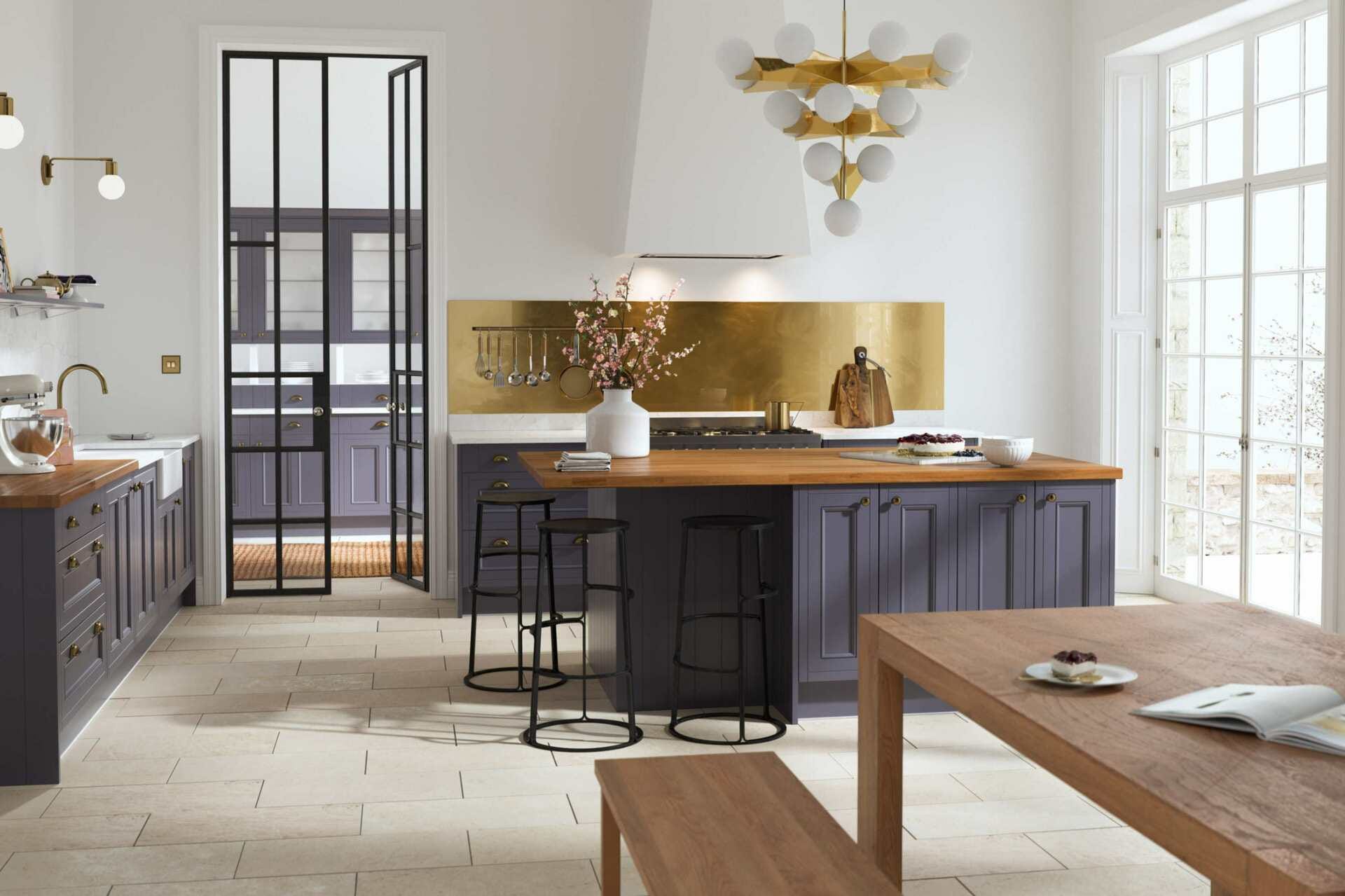
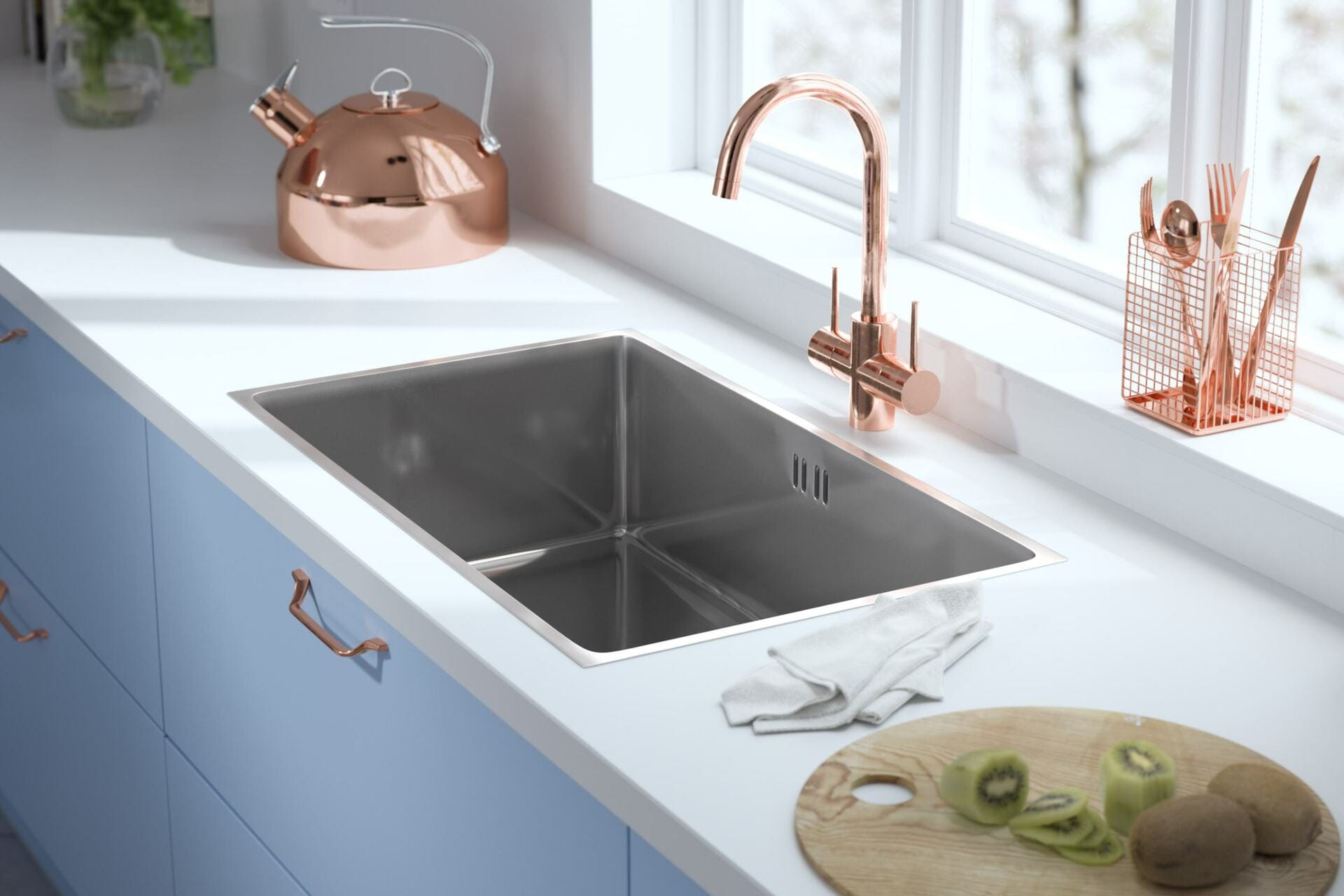
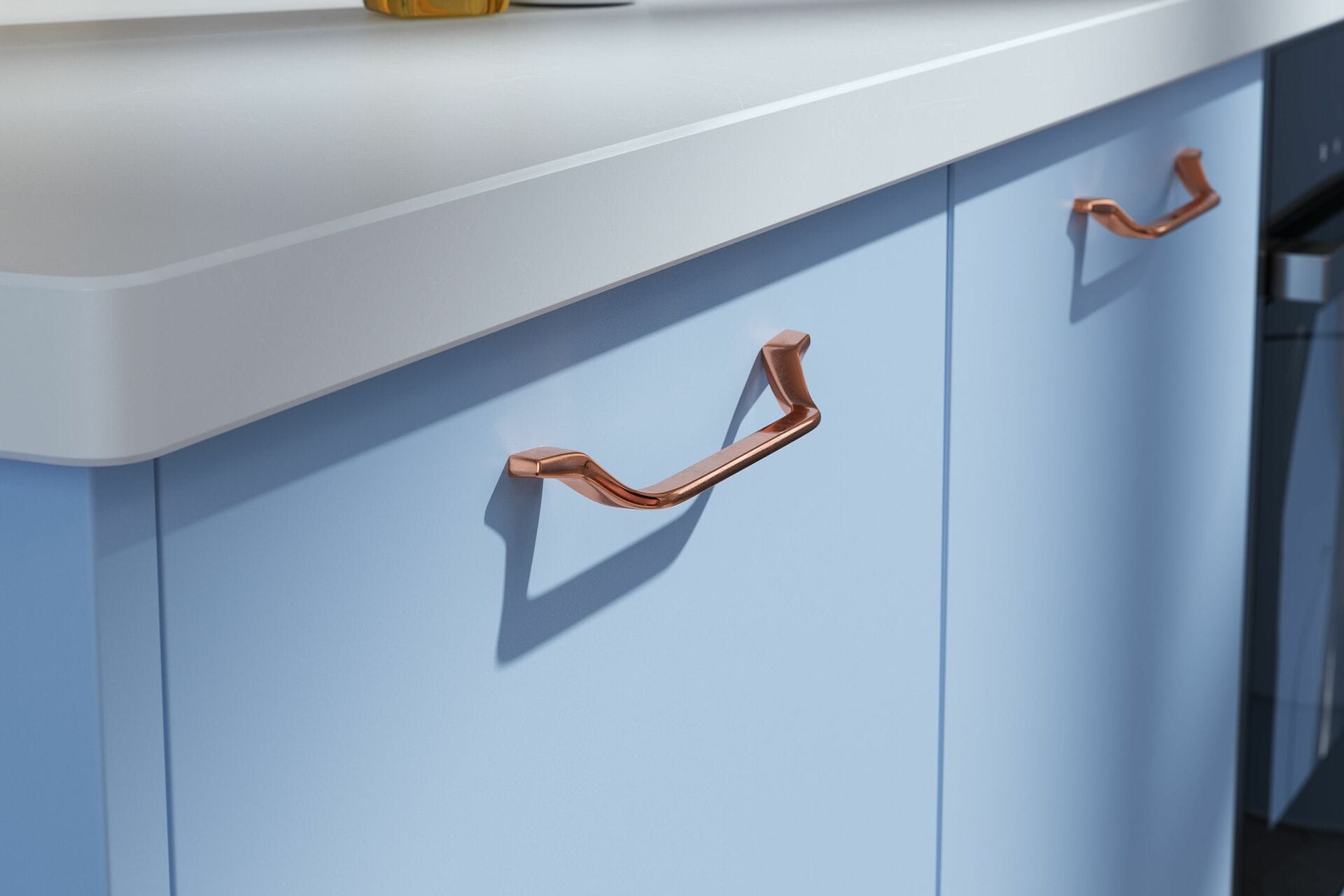
There were 12 images needed for which we designed the interior spaces, the kitchen layout, and the styling. Most of our projects are quite large so it’s really important that all the modelling team are working to same set of standards, and the Material Library in Corona is hugely beneficial here as it means everyone starts with the same accurate base and then adds details from our library of texture maps.

One of the things we noticed while testing was that we could revert to a lighting method that we had used years ago, but had had to simplify as the render engine we used at the time was leaving artifacts and light leaks that were taking too long to paint out in Photoshop. This lighting method allows us to bounce light off reflector boards, just like real-world photography, and Corona handles this without any problems, giving us a much more natural quality of fill light.
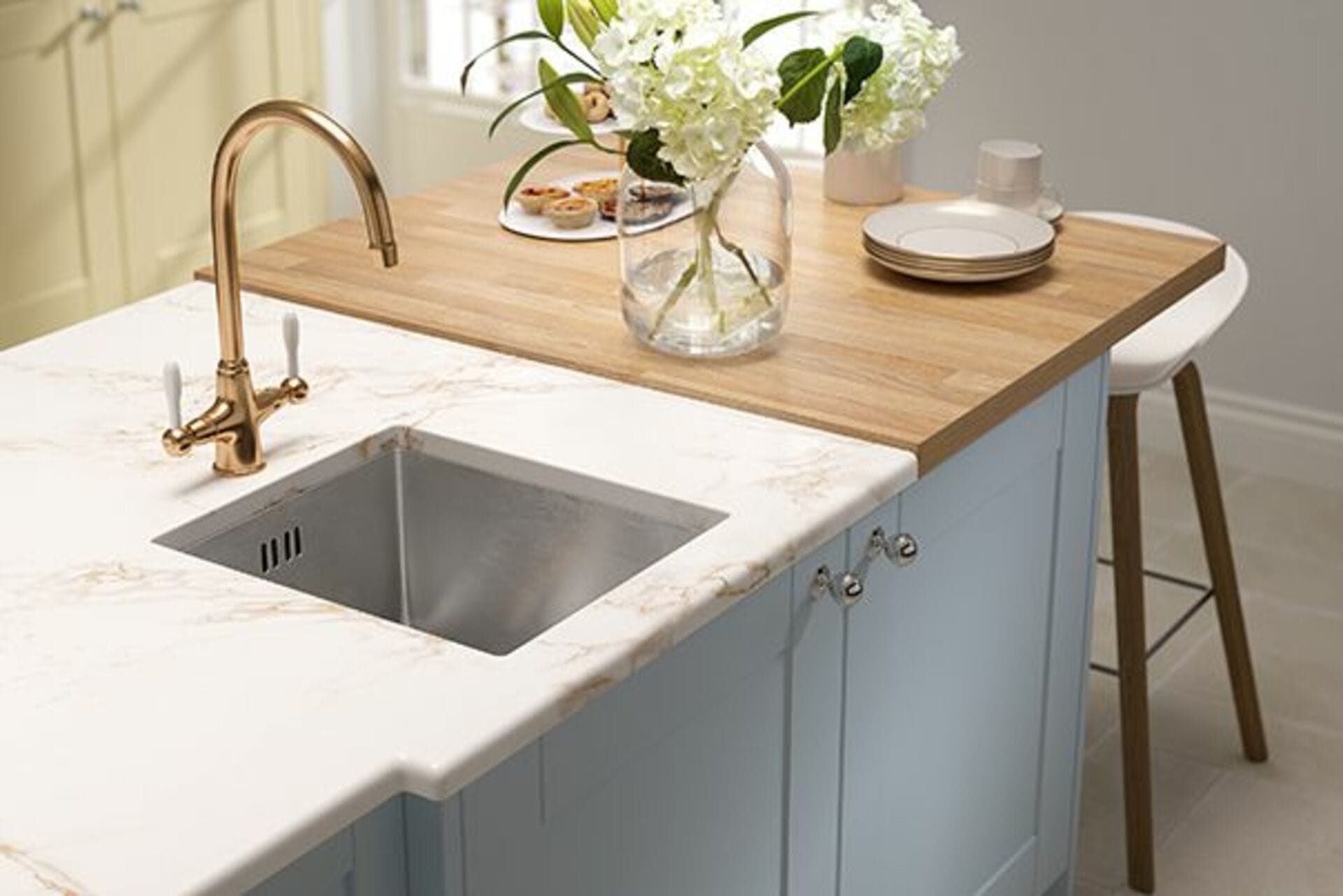
Something which is often overlooked is glare and bloom. For various reasons, before Corona Renderer, we were using the Arion FX plugin, which is great but slow to export from After Effects. Corona’s beauty is in its simplicity, everything just works with no real cocking around and the glare and bloom can be exported separately and brought into compositing as elements, thus speeding up the export times dramatically.

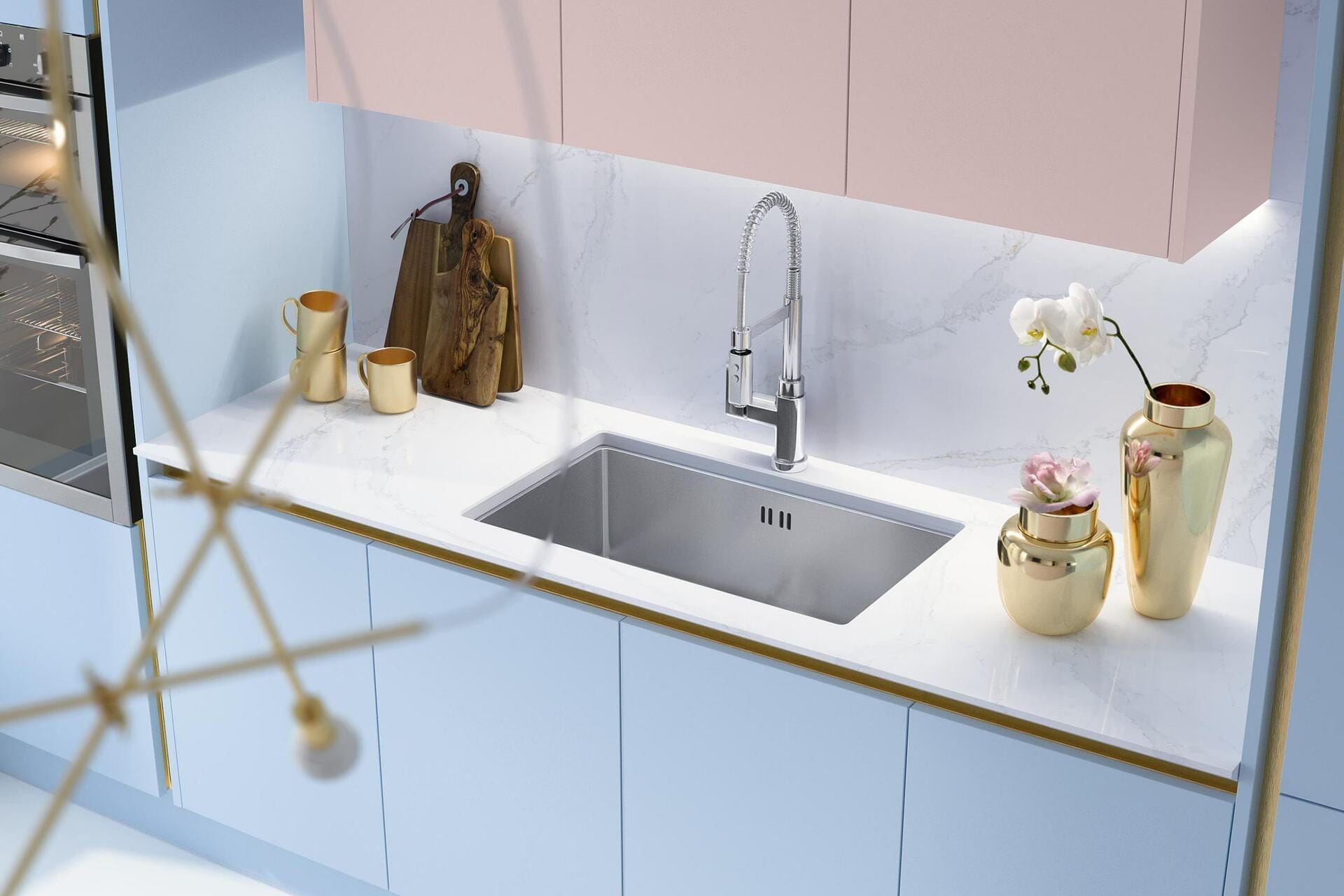
What would be on your wish list for future releases of Corona?
- Cryptomatte for Fusion/Nuke compositing (automatically generates object masks from the render)
- Render by layers (already requested this to the devs)
- Railclone instance engine and random UVW maps to work correctly.
- Live update to the material library.
- Always looking for speed improvements.
- Caustics would be great, this is the only thing missing from most engines.
[Editor’s note, you can see current and future plans for Corona Renderer on the roadmap, some of the above are already tabled for possible development]
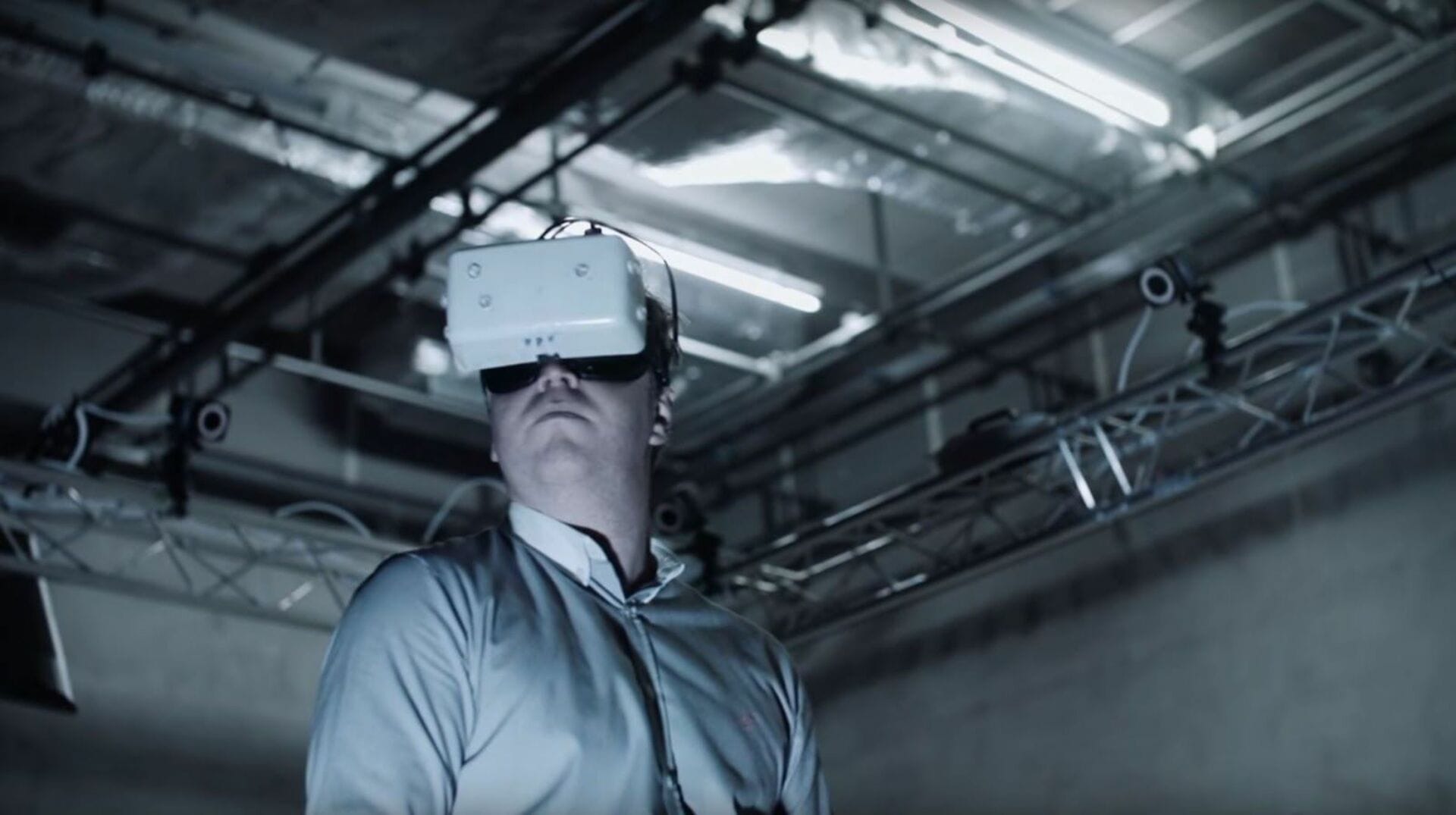
R&D is such a big part of what we do that we needed somewhere to share all the stuff we are testing and developing! We think it’s really interesting to see this kind of development work.
To maintain a high level of predictability, we adopt the mantra of “Not testing stuff on live projects” – for those, we stick to the established pipeline, and we test things out separately where we can afford to make mistakes.
Many of these projects sit dormant if they don’t get commissioned, so we thought it would be nice to share them and showcase to everyone what we can do.
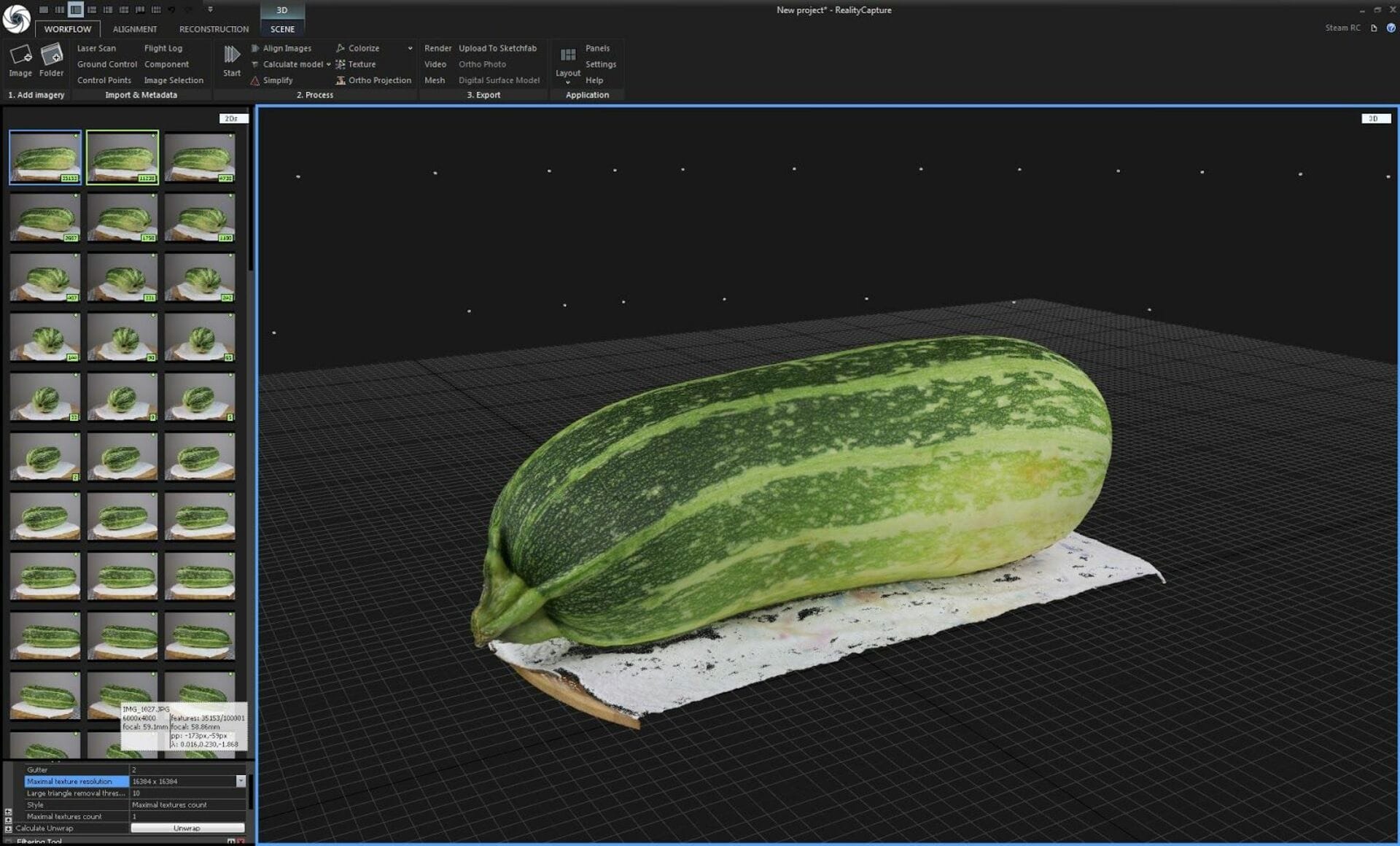
We are still experimenting with photogrammetry, and even though it’s quick it still takes longer than other methods (like a still photo for instance), so we are trying to get this development time down.
Recently we have been playing with LightMix to create some very interesting applications for lighting manufacturers.
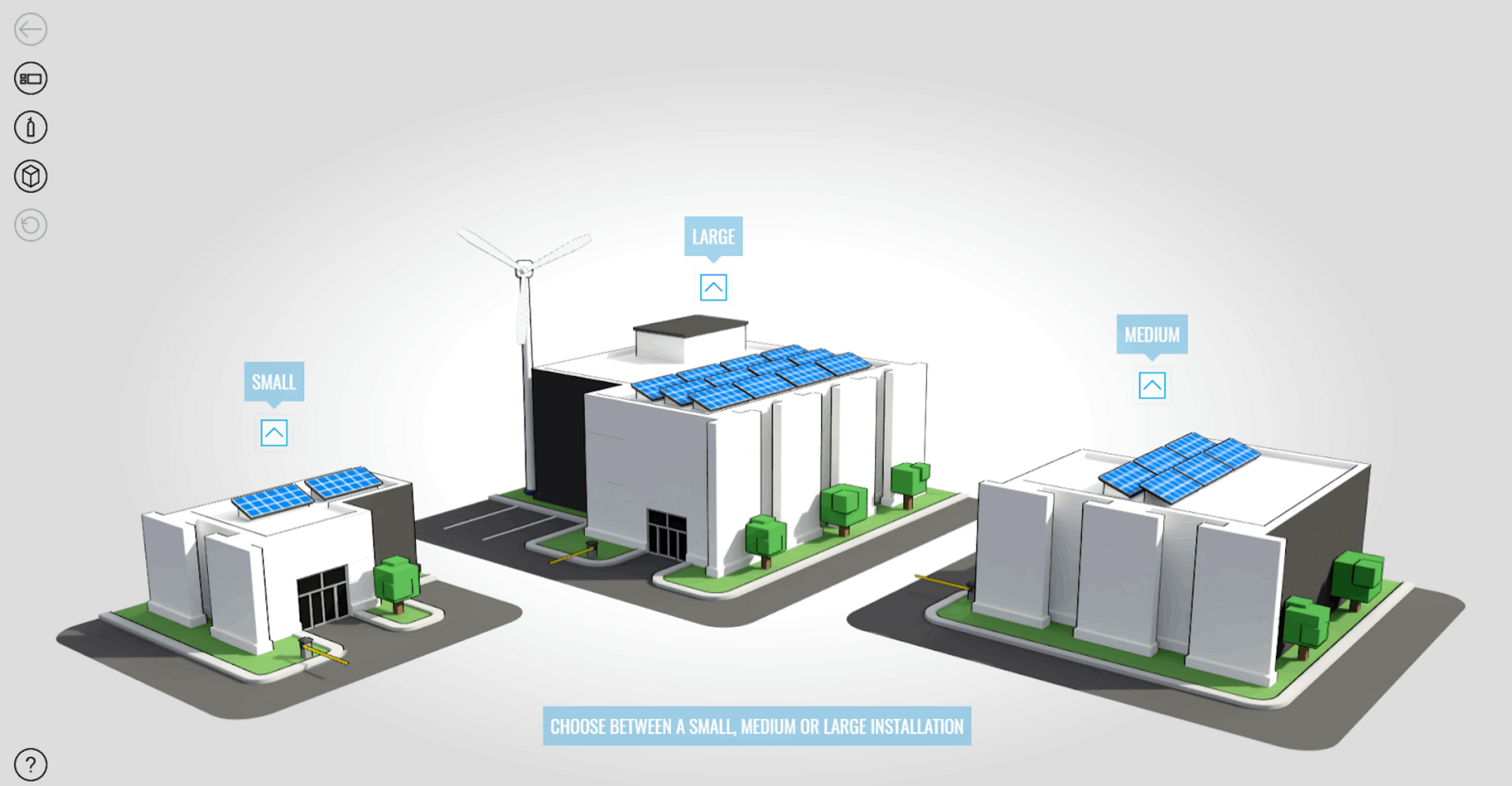
A big focus is on 3D in the browser. We are also doing alot of work with webGL and have a few projects about to be released in the next few months which have been built exclusively in this technology.
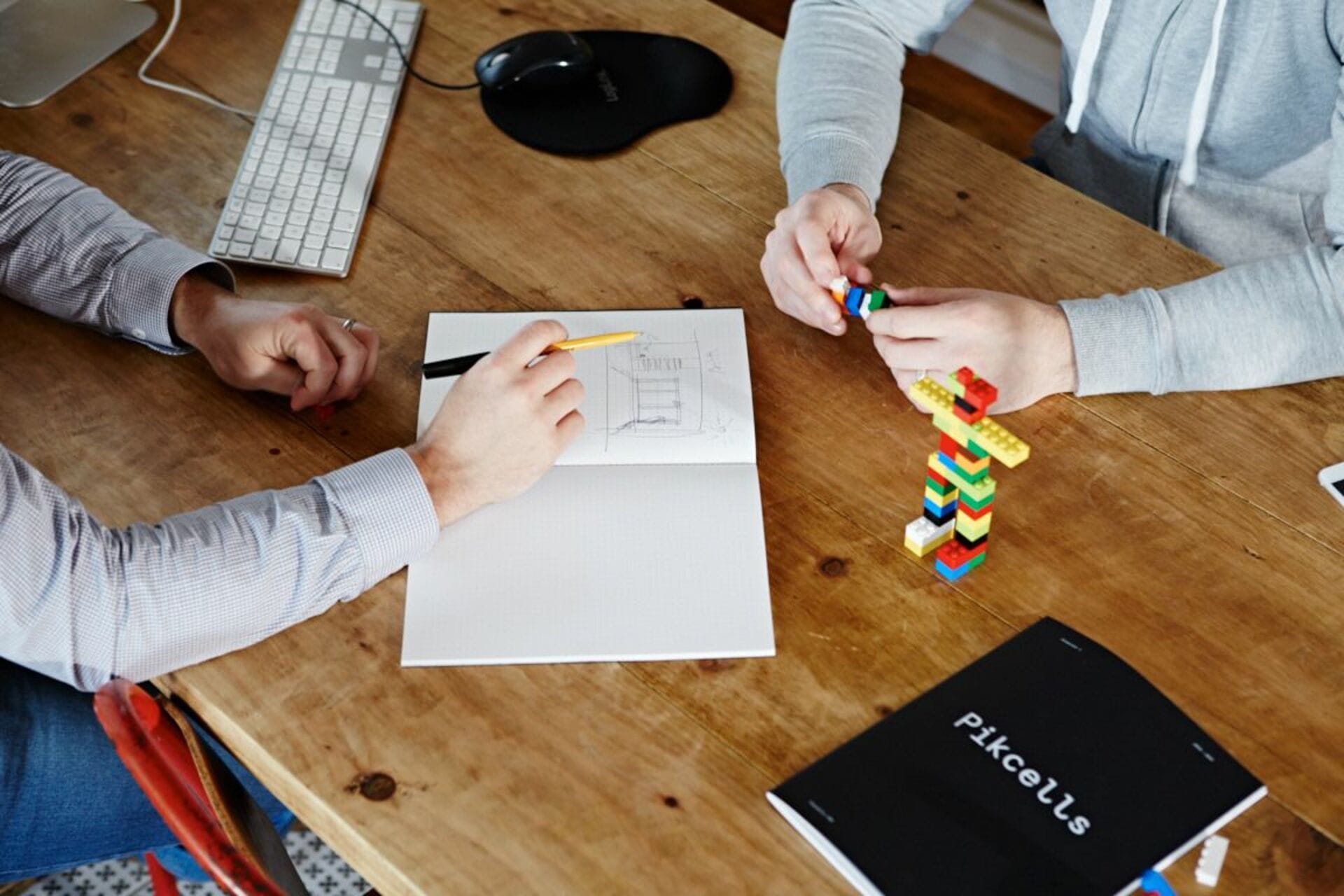
As an experienced company, what advice would you give to people today looking to start their careers in 3D?
Firstly, we are always looking for new people to join the team, so any 3D artists, web developers and interior designers of all levels should get in touch if they would like to work with us!
The level playing field that render engines like Corona bring to the market means that the focus is moving firmly to favour creativity and craftsmanship; artists are much freer to explore different ideas. Now it’s not good enough if your only skill is knowing how to use some software – you have to be able to create something with it. Everyone knows Microsoft Word, but not everyone can write a novel!

We are also finding that with these new levels of realism and creative freedom that there is a massive need for good quality modellers and texture artists. People who can properly unwrap UV, create and paint tileable textures from scratch, interpret scale, proportion and volume accurately, model efficient topology and create realistic materials from scratch. Far too many people send us their portfolios featuring shop bought models, textures and materials. It’s really important to go out and start creating all your components from scratch, as this gives you a really solid understanding of what is involved and to identify quality work.

So if we were to give some advice to people wanting to break into this area it would be that it is beneficial to have either a strong creative component – be that design, art direction or storytelling – or some solid craftsmanship skills such as modelling and texturing skills, as these 2 things will always be very important no matter what plugins and technology are developed.
Finally, it’s always good to have a specialism or a long term goal in your work, something you can keep developing that you enjoy. You never know where these projects will lead.

Design, Develop, Detail. These are the things we are focusing on, creating great designs, developing really useful interactive tools, and pushing the levels of detail and realism in our CG work.
It is a constant battle in CG to juggle time and quality but we persevere! Corona is a big help here as it cuts down the technical component massively.
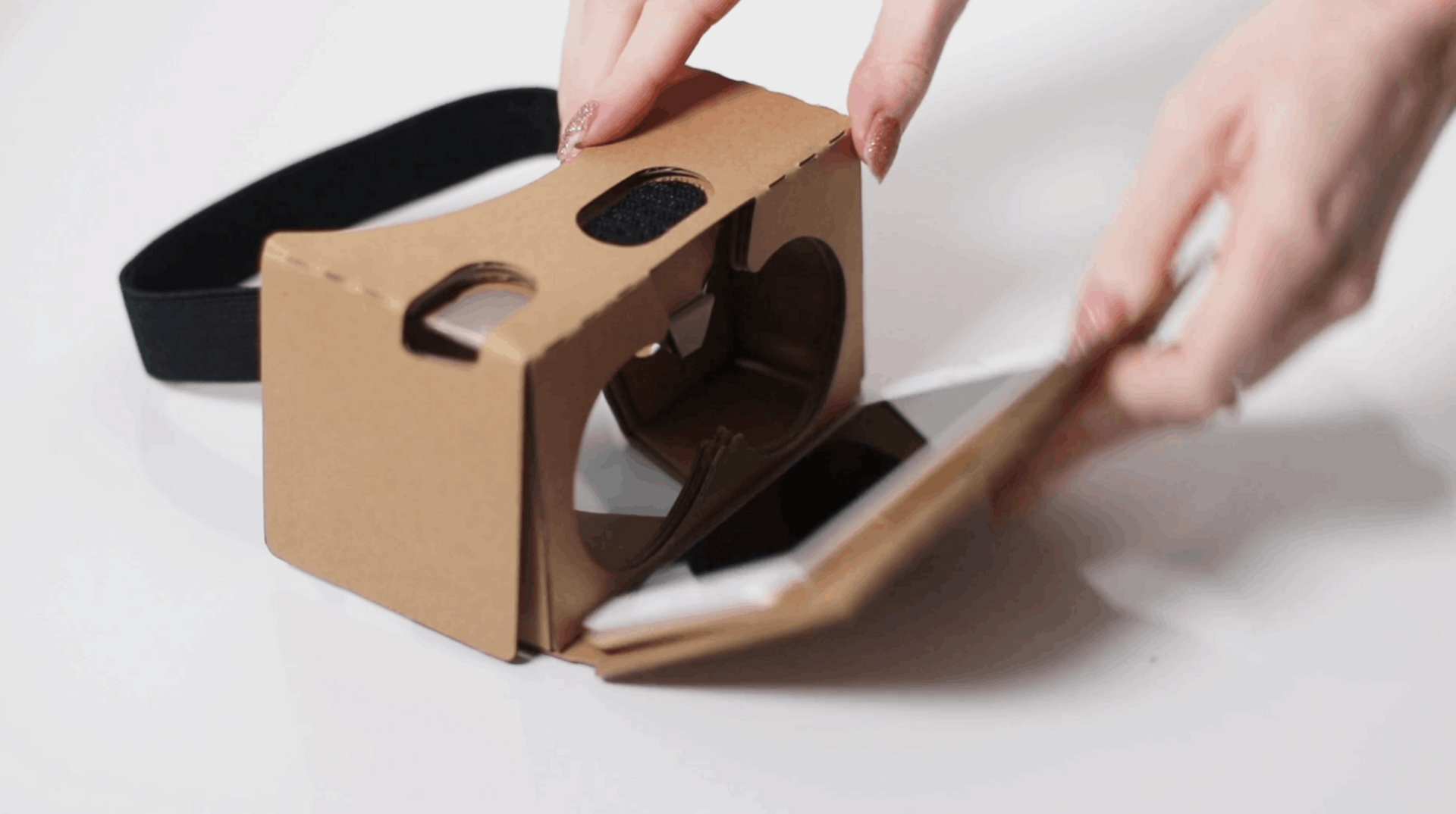
We also plan to develop our webGL, VR and interactive tools as they are a lot of fun to work on and keep us focused on new and interesting things.
I hope you’ve enjoyed this tour around Pikcells!
Richard Benson
Creative Director
Links:
Behance: https://www.behance.net/pikcells
Instagram: https://www.instagram.com/pikcellsuk/


